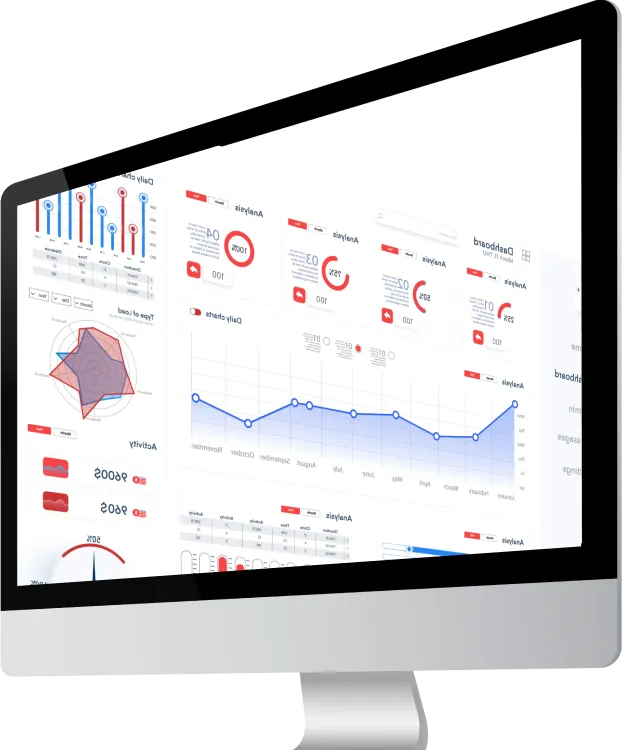Who Will Be Involved in the Design Creation Process?
The involvement of team members depends on your company’s hierarchy. Let’s take the example of a design agency with four key collaborators who participate in the design creation process.
Business developers/salespeople are the first to step in. They are the ones who establish the initial contact with the clients. They receive the initial issues, analyze them, and summarize the project, including the client’s expectations and motivations.
Closely connected to the sales team, production managers are the second link in the design creation process. They gather the initial information collected by the salesperson and, based on this, develop an initial brief. If any information is missing (brand guidelines, final document types, budget), it is their responsibility to follow up with the client to complete their file. Ultimately, they check the execution schedules and then distribute the brief to the project manager.
The project managers take the brief from the production managers and translate it into a format that the execution team can understand. They monitor the project’s progress and act as liaisons between management and the execution team. They are available to both the clients and the designers/developers to answer questions.
Finally, the designers come into play. They are responsible for implementing the brief. Although they are involved in the design reflection process by discussing it with the project manager, they primarily focus on creating the graphic products and delivering a final visual to the client.
In the case of website creation, the final link in the chain is the developer/integrator. This person collaborates closely with the designers to bring a viable project to life. They are responsible for developing the final product using the mockups created by the designers.



